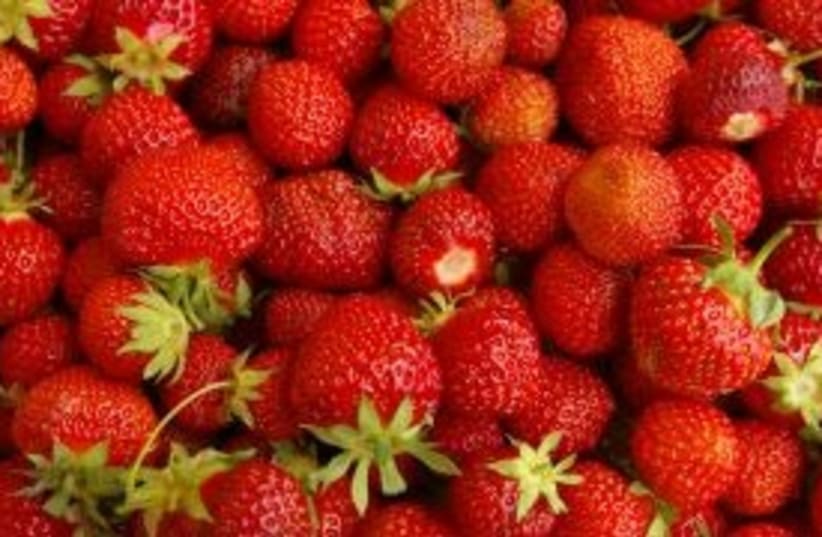RELATED:Healthy eating: Super foods to the rescue Healthy eating: New Year, new resolutions, new approach
Give me a B!One of the most complex vitamins to understand, Vitamin B is actually a group of eightdifferent vitamins, numbered one through 12 (with a few numbers missing in between).Once thought to be a single vitamin, it was later discovered that while these vitamins often co-exist in the same foods, they are in fact very different structures. They are: Vitamin B1 (thiamine); Vitamin B2 (riboflavin); Vitamin B3 (niacin); Vitamin B5 (pantothenic acid); Vitamin B6 (pyridoxine); Vitamin B7 (Biotin); Vitamin B9 (folic acid); Vitamin B12.As water soluble vitamins ( meaning that we "expel" any extra amounts) we need to constantly supply our bodies with these vitamins. While different amounts of the vitamin are found in various foods, the best dietary sources include: meat, fish, whole grains (cereals, whole wheat bread, brown rice), nuts as well as vegetables and fruits such as spinach, bananas, broccoli and asparagus.
Give me a C!
Give me a D!Commonly referred to as the "sunshine vitamin" this micro-nutriment is required for the formation of strong bones, teeth and cartilage as it helps our bodies absorb calcium. The primary source for this vitamin is of course our very own sun (hence the nickname the sunshine vitamin). UV rays act on a substance within the layer of fat beneath our skin, triggering the natural synthesis of the vitamin; however don't fret if you live in a place that is cloudy most of the time as this is fat soluble vitamin and therefore is stored in our body's fatty tissue for long periods of time. Another form of the vitamin can be found naturally in a few foods, including oily fish such as mackerel and sardines, salmon, eggs, liver as well as in vitamin D fortified milk (in the US).
Give me an E!For many years the role of this vitamin's function in our body remained a mystery; however today, the puzzle has been solved and this fat-soluble vitamin is now known to be a powerful antioxidant that protects the body against free radicals. It therefore may help prevent blood clots, heart disease and cancer. Sources of micro-nutrient are foods that contain large amounts of polyunsaturated fats such as vegetable oils, margarine, avocado, nuts, sunflower seeds, soy beans and certain fish.Give me a K!
